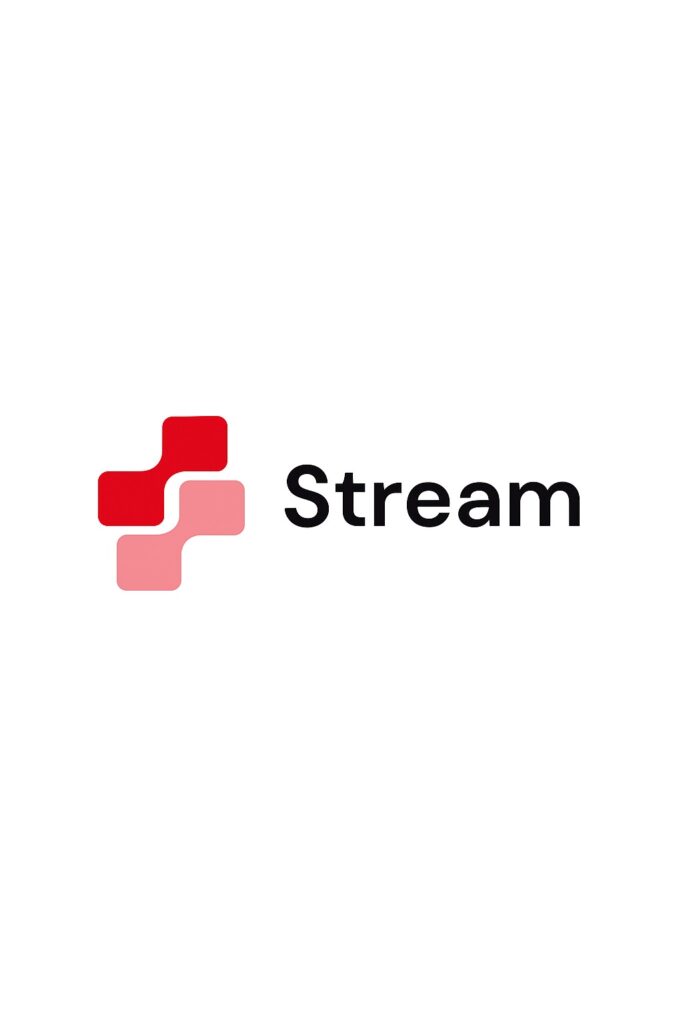“I’m not sure what social media content to put out there.” This is a sentiment we hear often from our healthcare clients—most often if they’re (a) overworked/understaffed or (b) only focusing on one or two social channels or content types, possibly because of misguided advice from other consulting agencies. (Or (c) all of the above.)
In this article, we’re not going to focus on where to engage on social, as in the platforms you should use. What we’re going to focus on here is what to post — what kinds of social media content your audience is most likely to want and engage with on your channels. This should help you focus your efforts so you’re creating content that is most likely to resonate with your users.
There are four key types of social media content you should focus on:
Short-form videos
Promotional posts
Engagements with other users and groups
Reactions
1. Short-form videos
Yes, we’ve heard and read it again and again: video content is king. It’s repeated ad nauseam because it’s true. For people who are wanting a quick hit of content, browsing their notifications on YouTube and TikTok is hard to beat.
At this level of the marketing funnel, users are most often looking for entertainment, rather than action items to help them convert. Foster good feelings and positive impressions of your healthcare organization with videos like:
Patient stories/profiles
Success stories
Provider profiles
New services your organization is offering
New amenities in your locations
New products, especially if in response to consumer demands/requests
Quick educational info (e.g., “how to do XYZ”)
Staff events and activities that highlight your organization’s culture
You can also look at purely entertainment content when it’s appropriate. For example, one of our clients showcases its providers dressing up as superheroes to deliver vaccinations to children at Halloween. That’s an incredible opportunity to highlight valuable services in a fun, appealing way.
2. Promotional posts
I mentioned in my article on appealing to Generation Z audiences that building your audience on social media without directing them to your conversion-focused content is only doing half the job. Promotional posts are how you finish the job. You provide a quick hit of intriguing content — just enough to whet the audience’s appetite — and then put the rest of it on your website for them to consume there.
You should be promoting a wide range of your website material on your social channels:
Blog articles
Patient stories
Product and services information (especially anything new, expanded, newly recognized, etc.)
Whitepapers
Make sure to frame your promotional social posts in terms of how the user will benefit. What do they want? What will they learn by continuing? Why should they move down the funnel and engage with you further? Having a good understanding of your consumers’ journeys with you will help you frame these pieces and posts in ways that serves their needs, not just your own.
Don’t be afraid to take a negative opinion on information that circulates throughout social media, especially when you can back it up with thoughtful, evidence-driven analysis from your subject-matter experts. Misinformation and fake news travel fast. When your providers can refute incorrect claims, you can position your organization as a trusted source of healthcare information and convert some of your newly informed audience members into patients or members.
3. Engagements with other users and groups
A good portion — probably half or so but at least a third — of your social media content should be in the area of engagement, or posts that aren’t directly self-promotional. Within this broader category, two of the main subcategories are engaging with individuals (especially your employees) and engaging with local nonprofits and social organizations within your service area.
Engaging with your employees and other individuals
Engaging with individuals helps humanize your organization in the eyes of your followers. You’re no longer just some big corporation trying to inundate them with content you want them to engage with. You’re taking time out of your day to recognize and appreciate them as people.
This is especially important when it comes to your organization’s employees. These are some of your most effective brand ambassadors. When you take a moment to post a message or reaction to recognize their achievements, accolades, good news or mentions of them in your community, you present a positive message that those employees are likely to carry forward. Plus, those messages are visible in your employees’ networks, so you’re expanding your reach to more potential patients and members.
Engaging with local nonprofits and other social organizations
It’s important to many people that your organization shows what it believes in and supports. This is especially true for consumers who are members of Generation Z. These consumers often tie their loyalty to an organization to its environmental, social and corporate governance (ESG) values.
But highlighting the efforts of other groups in your area is also helpful as your organization works to build connections with those groups. If members of your team take part in a neighborhood cleanup organized by another organization, make sure to post a photo with a link back to that organization’s website or social posts. You can potentially improve their efforts by pointing your followers to them. And who knows? Maybe they’ll return the favor on a future effort your organization spearheads.
4. Reactions
It’s just a fact of the modern digital landscape: Your social media followers will watch how you react to developments in the public sphere. There are two main reaction types you need to prioritize: news and developments and negative posts within your channels.
Reactions to news and developments
Your organization doesn’t exist in a vacuum, nor should it. Your team is an important part of the communities you serve. Occasionally, things happen in those communities that either affect your organization directly or indirectly — whether they’re good news (graduations, fun events, etc.) or bad news (disasters, tragedies, etc.).
Posting your organization’s position on these events can help your users know where you stand. As mentioned before, that’s of growing importance to many socially active consumers, especially members of Generation Z.
Reactions to negative posts
It’s not ideal, but users turn to social media to air their grievances because they get noticed and get results. This is one area where you do not want to engage directly in the public space.
As soon as possible, engage the user directly through direct messages (DMs) or offline avenues, and address the complaint or concern. Also, if the user doesn’t remove or edit the negative post, make sure you post a reply as soon as you have established dialogue or addressed the situation, and let your followers know you’re handling it offline. This makes it clear that you take feedback seriously and will reach out to people who engage with you.
Master your social media content strategy
This sort of all-encompassing social media content work is far more involved and time-consuming than just focusing on one or two channels. But it’s got a much higher ceiling for your ROI. With a thoughtful, user-centered approach, you can grow and appeal to your audience and move them at appropriate times down the funnel to become your patients and members.
We help healthcare organizations take hold of their content strategies and position themselves for success. Contact us to learn more about our comprehensive healthcare content solutions.





Leave A Comment